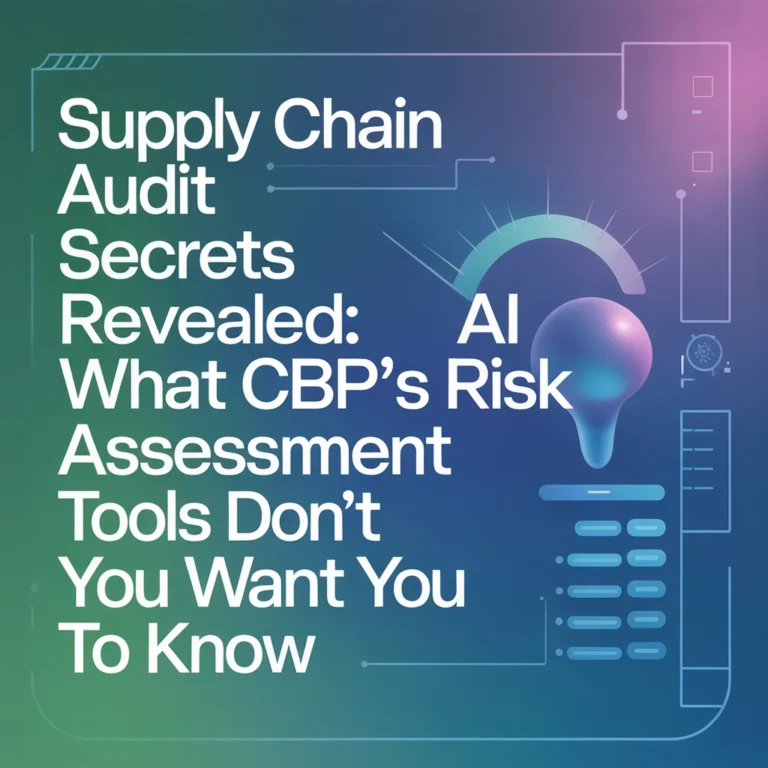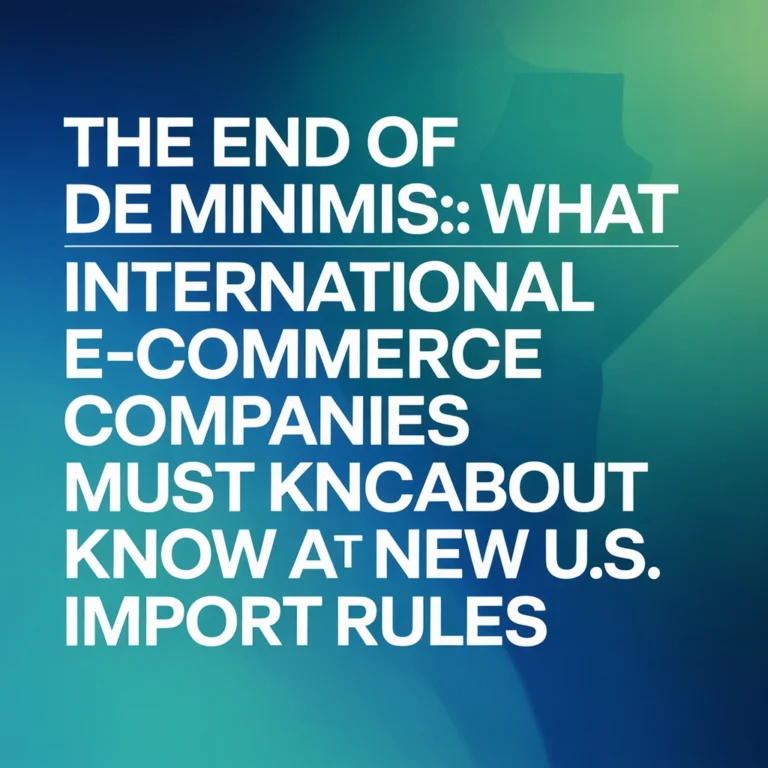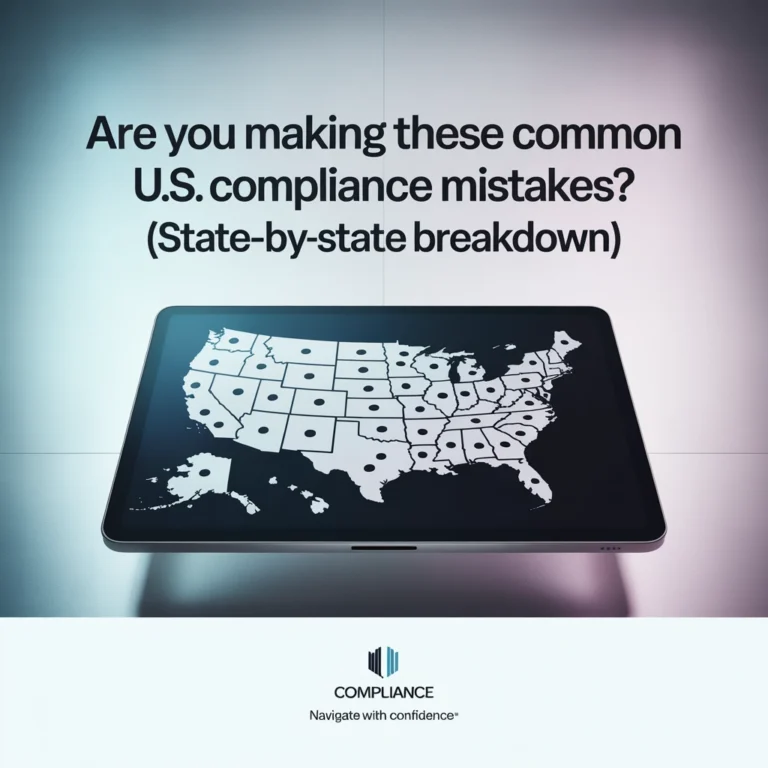Unlocking the U.S. Market: How International Businesses Can Bypass Tariffs and Accelerate Growth

The U.S. market is a magnet for ambitious companies across the globe. With its size, diversity, and purchasing power, launching in America promises huge rewards—but it’s definitely not a plug-and-play operation. Between the shifting landscape of tariffs, fierce competition, and a labyrinth of regulations, international businesses need more than just a great product to break through. Here's how you can sidestep costly pitfalls, bypass tariff headaches, and go from an outsider to an industry leader—fast.
1. Set The Foundation: Pick The Right Market Entry Strategy
Before anything else, let’s talk approach. Not all U.S. market entry strategies are created equal. Your best bet depends on your product, resources, and long-term vision.
Direct Export: Test the Waters
If you’re new to the U.S., direct export is often the go-to starting line. It’s simple: sell your goods into the U.S. from your home country, keeping upfront costs low while you gauge demand and adapt your offering for the local market. This approach lets you learn fast with minimal risk. Just be ready for the responsibilities that come with handling compliance, shipping, and after-sales service yourself.
Strategic Partnerships & Joint Ventures: Multiply Your Power
For many firms, forming a partnership or joint venture with a U.S. company is a game-changer. These relationships unlock local expertise, established distribution channels, and faster access to customers. Plus, your American partners can help you tackle state and federal compliance with less friction. Hardcore bonus: you share the costs—and rewards. 
U.S.-Based Subsidiary: Go All-In
Ready to make a big commitment? Setting up a U.S.-based subsidiary gives you complete control over brand, operations, and customer experience. Subsidiaries are especially effective when long-term growth is the goal, but they require careful planning to handle local laws, HR policies, and tax obligations.
2. Don’t Just Show Up—Do Your Homework
Entering the U.S. isn’t just about crossing borders; it’s about crossing cultures and business practices too.
Market & Customer Research: Bring Data, Not Just Hope
Dive deep into the market. Analyze consumer trends, size up the competition, and segment potential customers. Use local data partners if needed—Americans have distinct habits that can surprise even seasoned global brands. Solid research means you won't bet your future on guesswork. 
Regulatory, Tax, and Compliance Checks
Every state has its own rules—sometimes wildly different from federal law. Whether you’re dealing with food labeling, electronics certifications, labor laws, or import permits, map out all requirements in advance to avoid enforcement surprises and costly delays.
Cultural Adaptation: When in America…
From communication style to negotiation tactics, the U.S. business culture can feel worlds apart from other countries. Invest in cross-cultural training and adapt branding or messaging to connect with American buyers.
3. Outmaneuver Tariffs: Pro Tips for International Businesses
Let’s get specific: tariff barriers can erode your margins if you’re not careful. Here are a few cutting-edge strategies to keep your edge:
A. Smart Supply Chain Mapping
Instead of shipping finished products directly from your home country, consider assembling or finishing products in countries with better U.S. trade agreements (think Mexico, Canada, or certain countries with Free Trade Agreements). This approach helps you tap into preferential tariff rates and optimize for “rules of origin.”
B. Source Intelligently to Reduce Exposure
Rethink your sourcing strategy. Use materials and semi-finished goods from regions with lower or zero tariff rates, then complete high-value tasks in-country if possible. The right supply chain design can make or break your cost structure.
C. Enter Via Free Trade Zones & Warehouses
Did you know that the U.S. has Foreign-Trade Zones (FTZs)? Goods stored or assembled within an FTZ aren’t subject to U.S. customs duties until released into U.S. commerce. This can radically improve cash flow while reducing tariff exposure.
D. Diversify Your Revenue Base
Spreading your bets across U.S. and non-U.S. markets shields your business from sudden changes to tariff policy or trade war impacts. Companies with diversified global portfolios often weather storms that kneecap single-market players. 
4. Accelerating Growth: Go Beyond the Basics
It’s not just about getting in—it’s about crushing it.
Rapid Market Validation
Before pouring in resources, test your product’s appeal in the U.S. with targeted pilot programs, pop-up events, or online campaigns. Use the findings to tweak your product, pricing, and go-to-market messaging.
Find The Right U.S. Partners
From sales agents to contract manufacturers, building the right local alliances speeds up your ramp. Experienced industry partners shortcut your path to shelf space, customers, and even regulatory doors that are tough to open as an outsider.
Establish a Regional Presence
Consider appointing regional directors or reps in major U.S. markets (like New York, California, or Texas). Their networks—and local accent—build trust fast, open doors, and spot market shifts before the competition.
Scale with Phased Expansion
Roll out in waves: target one region or customer type, make mistakes, learn, improve, then expand. This incremental approach keeps your brand flexible and ready to pivot as the market changes.
5. Why So Many Fail—And How to Be in the Winning 30%
Here’s a tough stat: more than 70% of international companies fail to achieve profitable U.S. market entry. The most common culprit? Lack of solid market research, untested assumptions, and underestimating the regulatory maze.
But smart companies do something different—they team up with experienced consultants who know the landscape:
- Customized market insights: Get real, on-the-ground data—not just projections.
- Regulatory roadmapping: Know what’s coming before you commit.
- Partner and distributor searches: Tap into pre-vetted networks that streamline your launch.
Teams like USLaunch help you translate your global playbook into U.S. reality, no matter your sector—whether you’re in renewable energy, tech, manufacturing, logistics, or B2B services.
Unlocking growth in the world’s biggest economy isn’t easy—but it’s never been more doable for those who start smart, plan ahead, and level up with professional support.
Ready to make your entry a success? Explore how USLaunch can be your local advantage.
If you want actionable insights for your next move, keep USLaunch on your radar. With the right strategy, partner network, and market validation, the U.S. isn’t just open for business—it’s waiting for you to lead.






